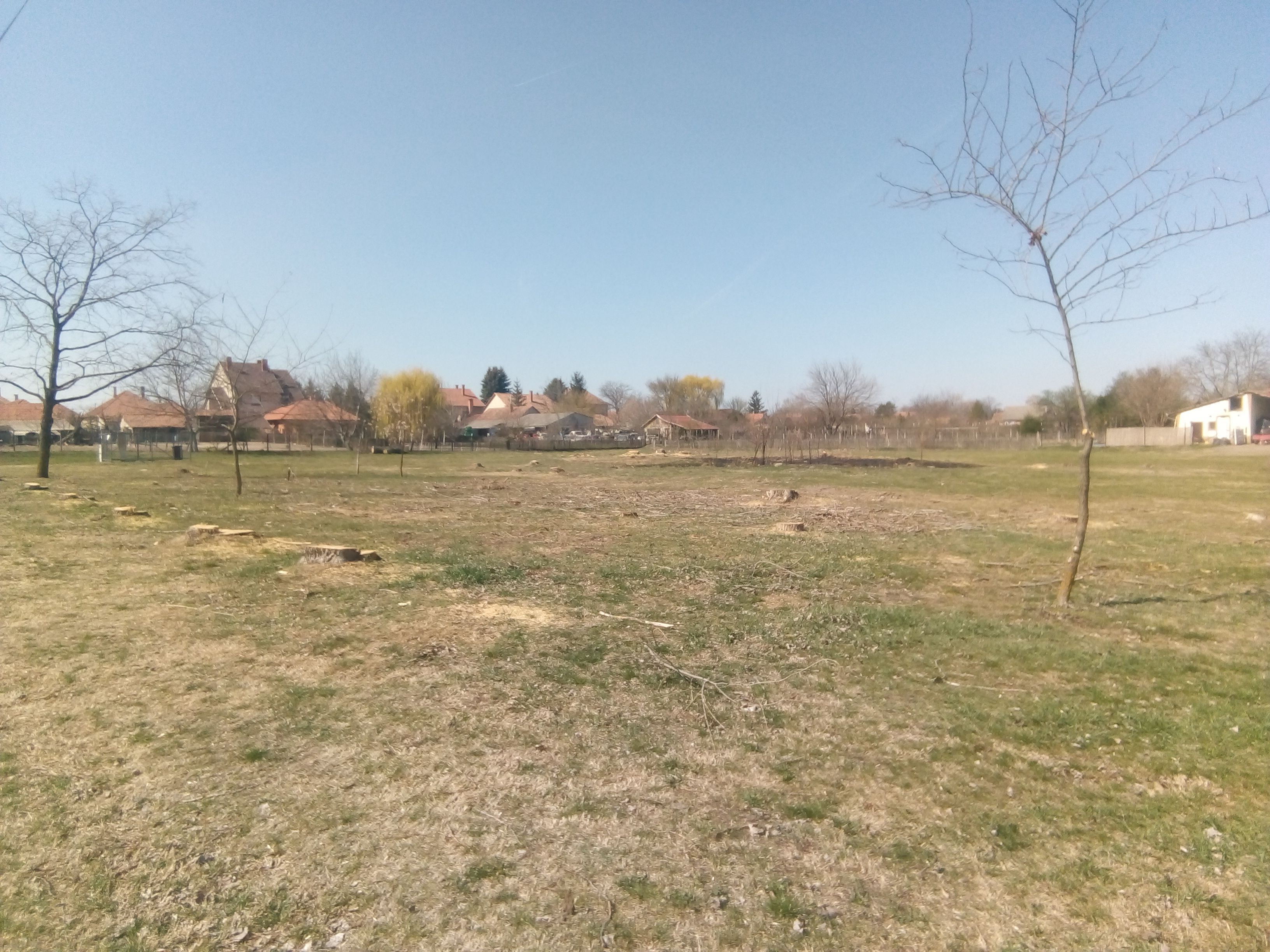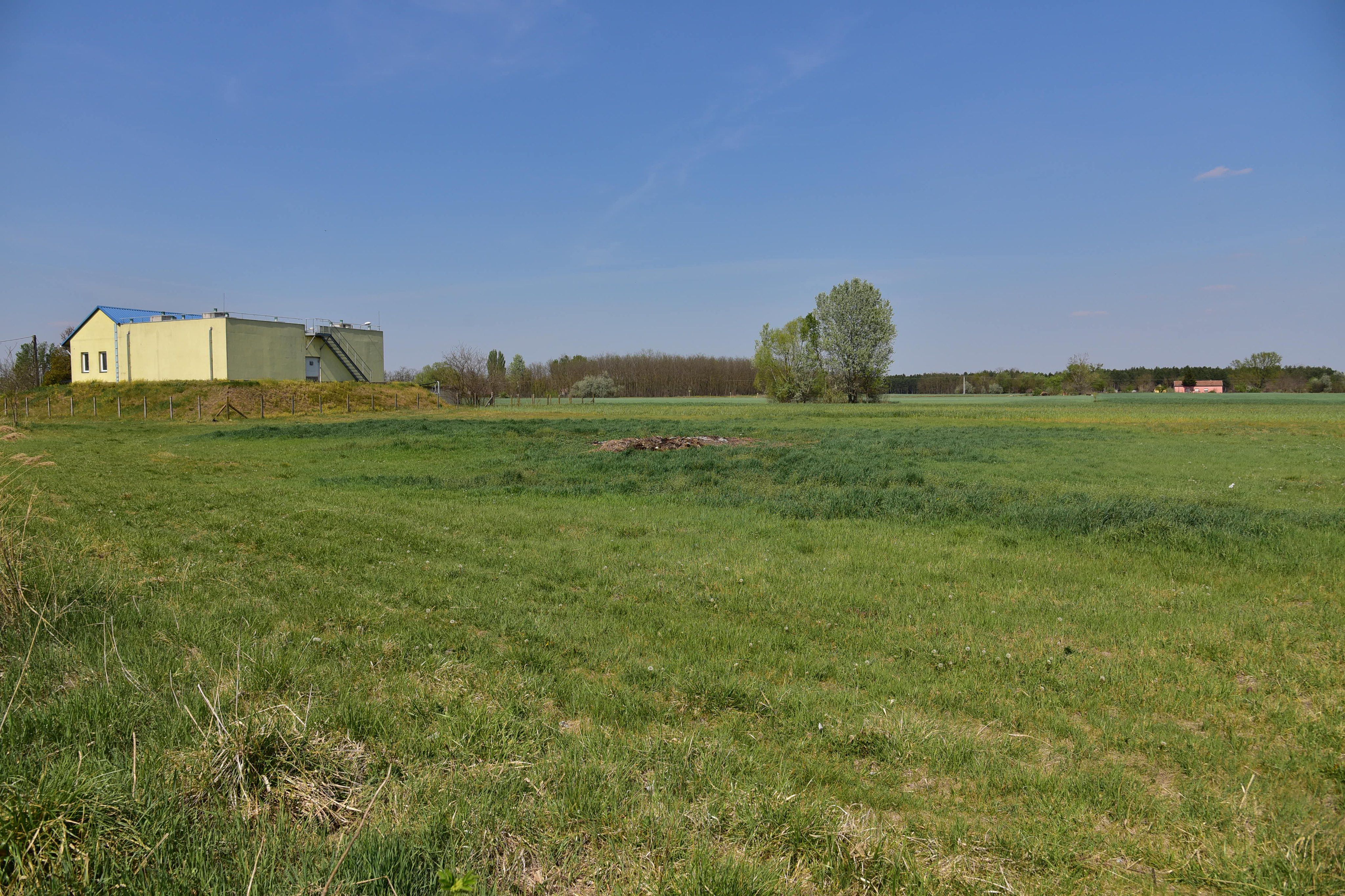LIFE-MICACC project
LIFE16 CCA/HU/000115
"Municipalities as integrators and coordinators
in adaptation to climate change"
LIFE-MICACC project
LIFE16 CCA/HU/000115
"Municipalities as integrators and coordinators
in adaptation to climate change"
Ruzsa is located on the sand ridge between the Danube and the Tisza, which is the driest area in the country. The area is often referred to only as the Hungarian desert, which has been named because it has been struggling with water scarcity for decades and is in danger of total desertification. Due to the lack of rainfall, which has been regularly absent since the beginning if the seventies, especially in winter, the groundwater level in the region has started to decrease permanently. The slow dehydration is continuous. In terms od topography, Ruzsa is a relatively high settlement in the area. Consequently, it is characterized by strong water leakage, so the water retention capacity is further reduced, making the village more exposed to the negative effects caused by climate change.
In Ruzsa, interventions will take place in several places within the framework of the project, an inland and an outskirt lake will be constructed, a sewage network will be rehabilitated. The aim of the settlement is to keep rainwater in place, both inland and outskirt.
The intervention areas: the location of the inland and outskirt reservoir lakes and the four canal sections to be rehabilitated
There is no example of groundwater replenishment based on gray water retention in Hungary, despite the fact that current wastewater and drinking water management technologies generate wastewater of adequate quality. This intervention will test solutions that utilize the environmental value hidden in the water management process from wastewater and drinking water.
For the collection and use of locally discharged gray water for irrigation, a pont will be created in an unused depression in the inhabited part of the settlement, which will contribute to the greening of the rural environment. It is located in Dózsa Park, in the inner part of the settlement, to keep decanted water (gray water) flowing out of the local waterworks’ arsenic removal management plant in the area. The lake is quite deep, connected to the local waterworks by a closed pipeline, which through 10-15m3 of decanted water will arrive every day.

The are of the inland lake before the construction works (June 2019)
In case of the inland lake, the construction works have been completed and the technical handover has taken place. However, the landscaping of the leisure park and the placement of the outdoor furniture still remain. the municipality plans to build a BMX track for the youngsters from the land excavated during the construction of the lake.
Actual footage of the inland lake (March-April 2020)
The wastewater management plant on the outskirts of the settlement emits 200 m3 of treated water per day. This amount of water will be retained in the immediate vicinity of the wastewater management plant (outside the residential area) in an approx.. 1-hectare reservoir. Water infiltration here will reverse the detrimental process of soil transformation and reduce the risk of drought.

The outdoor wastewater management plant and the pilot area
The water surface of the lake to be created would be 780 m2, including the reeds 1350 m2. They plan to plant crops around the lake to demonstrate the efficient use of water. With the construction permit obtained in early May, work also began at the outskirts site this week.
Fantasy plan of a pond created by preserving decanted water in the Dózsa Park in Ruzsa
Future plan for a water habitat based on the water of the Ruzsa wastewater management plant
(Created by Kinga Csaba, Csilla Ruzics)